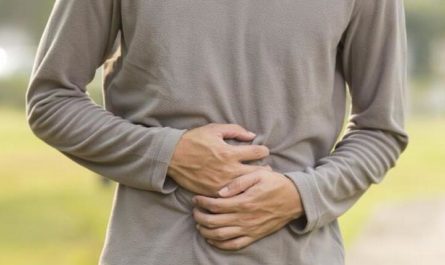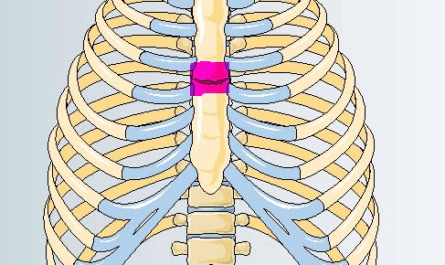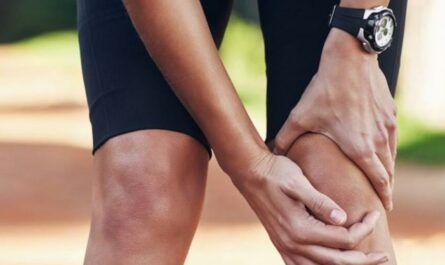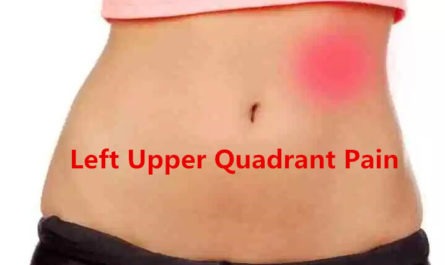Sore calf muscles refer to a condition where the muscles at the back of your lower leg, known as the calf muscles, become painful and tender. The calf muscles are composed of two main muscles: the gastrocnemius, which is the larger muscle, and the soleus, a smaller muscle located underneath the gastrocnemius.
This article will discuss the causes, symptoms, and treatment of calf muscle soreness, as well as how to prevent it from happening in the first place. Read on to learn more about this common issue and how to deal with it!
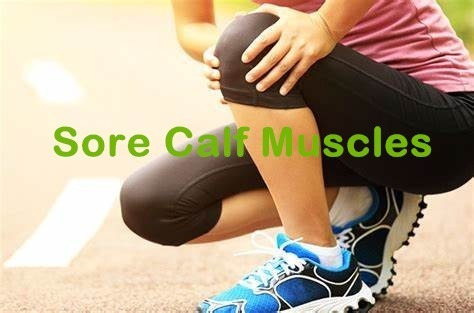
Symptoms of Sore Calf Muscles
The symptoms of sore calf muscles may include:
- Muscle Pain: The primary symptom is aching or pain in the calf muscle region. It can range from mild discomfort to intense soreness, depending on the cause and severity.
- Tenderness: The calf muscles may feel tender to the touch, especially in the affected areas.
- Stiffness: You might experience stiffness in the calf muscles, making it challenging to move the legs comfortably.
- Swelling: In some cases, there may be swelling around the calf area, indicating inflammation or injury.
- Bruising: If the soreness results from an injury, bruising might appear around the calf muscle.
- Reduced Range of Motion: Sore calf muscles can lead to a decrease in your ability to flex or extend your ankle and foot fully.
- Weakness: You might feel weaker in the affected calf, making it difficult to perform activities that involve calf muscle usage, like walking, running, or jumping.
- Cramps: Muscle cramps can sometimes accompany sore calf muscles, causing sudden and involuntary contractions of the muscle.
- Pain During Movement: Pain or discomfort may worsen when you engage in activities that involve calf muscle contraction, such as going up or down stairs or standing on your tiptoes.
18 Common Causes of Sore Calf Muscles
Understanding these causes will not only help you identify the root of the problem but also prevent future occurrences.
1. Overuse and Muscle Fatigue
Your calf muscles are put under immense stress during physical activities like running, jumping, or walking long distances. Overuse and repetitive movements can lead to muscle fatigue, causing soreness and discomfort in the calf area. It’s essential to strike a balance between exercise and rest to avoid straining these muscles.
2. Muscle Cramps and Spasms
Muscle cramps and spasms in the calf region are common culprits of soreness. These sudden involuntary contractions can be quite painful and may result from dehydration, electrolyte imbalances, or excessive physical exertion. Proper hydration, stretching, and a balanced diet can help prevent cramps.
3. Improper Footwear
The shoes you wear play a significant role in calf muscle health. Ill-fitting or unsupportive footwear can lead to improper foot alignment and strain on the calf muscles. Investing in proper athletic shoes with adequate cushioning and arch support can make a world of difference.
4. Muscle Strains and Tears
Engaging in intense physical activities without a proper warm-up can cause calf muscle strains and tears. These injuries can be painful and may require rest, ice, compression, and elevation (RICE) treatment to recover fully.
5. Poor Posture and Alignment
Believe it or not, your posture can also impact your calf health. Poor posture and body misalignment can put unnecessary pressure on the calf muscles, leading to soreness. Maintaining good posture and practicing exercises to improve alignment can help prevent this issue.
6. Nerve Compression or Entrapment
Nerves in the calf area can get compressed or entrapped due to various factors, such as tight muscles or injuries. This compression can cause discomfort, tingling, or shooting pains in the calf region.
7. Dehydration and Electrolyte Imbalances
Proper hydration and electrolyte balance are crucial for muscle function. Dehydration and imbalances in electrolyte levels can lead to muscle cramps and soreness. Stay well-hydrated and consume electrolyte-rich foods to keep your calf muscles happy.
8. Inadequate Warm-Up and Cool-Down
Skipping warm-up exercises before a workout and neglecting cool-down stretches afterward can increase the risk of calf muscle strain. Always incorporate sufficient warm-up and cool-down routines to prepare your muscles for activity and aid in their recovery.
9. Underlying Medical Conditions
In some cases, sore calf muscles can be a symptom of underlying medical conditions like peripheral artery disease, deep vein thrombosis, or varicose veins. If you experience persistent calf pain, it’s essential to consult a healthcare professional to rule out any serious issues.
10. Inflammation and Tendonitis
Inflammation of the calf tendons, known as tendonitis, can cause soreness and restricted movement. This condition can arise from overuse or repetitive movements that strain the tendons. Proper rest and targeted exercises can aid in tendonitis recovery.
11. Poor Blood Circulation
Insufficient blood flow to the calf muscles can result in soreness and discomfort. Factors like sitting or standing for extended periods without movement can contribute to poor circulation. Regular exercise and leg movements can help improve blood flow.
12. High-Impact Exercises
Participating in high-impact exercises like plyometrics or intense sports can strain your calf muscles significantly, leading to soreness. Gradually increasing the intensity of your workouts and allowing sufficient recovery time can mitigate this issue.
13. Muscle Imbalance
Muscle imbalances in the lower extremities can lead to overcompensation and strain on certain calf muscles. Strengthening exercises that target specific muscles can help correct these imbalances.
14. Excessive Heel Use
Frequent use of high heels can shorten the calf muscles and cause tightness and soreness. Limiting the use of high heels and performing calf stretches can alleviate this discomfort.
15. Aging and Wear and Tear
As we age, our muscles may experience wear and tear, making them more susceptible to soreness and discomfort. Regular exercise, proper nutrition, and self-care can help mitigate these effects.
16. Lack of Rest and Recovery
Continuously pushing your calf muscles without allowing sufficient rest and recovery can lead to overuse injuries and soreness. Listen to your body and incorporate rest days into your exercise routine.
17. Intense Climbing Activities
Activities like rock climbing or stair climbing can put intense strain on the calf muscles. Gradually increasing the intensity of these activities and using proper techniques can minimize soreness.
18. Excess Weight and Obesity
Carrying excess weight can put additional stress on the calf muscles, leading to soreness. Maintaining a healthy weight through a balanced diet and regular exercise can reduce strain on the calves.
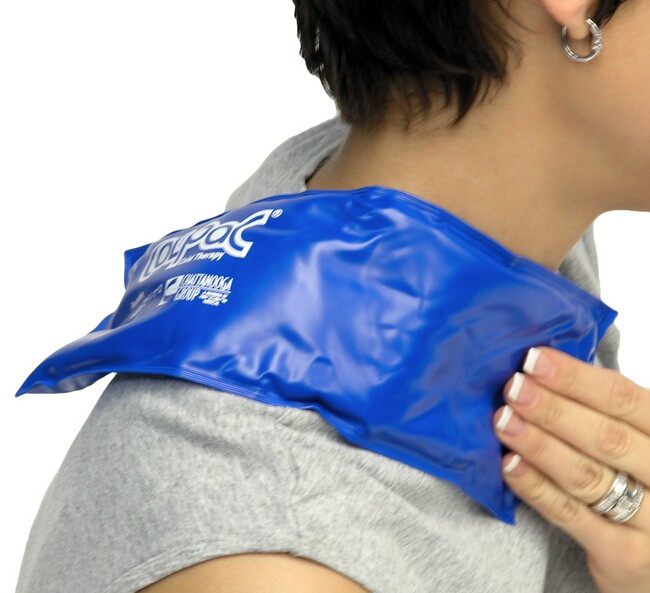
10 Best Home Remedies for Relieving Sore Calf Muscles
1. RICE Method
The RICE method is a well-known approach for treating various muscle injuries, including sore calf muscles. Start by giving your calves adequate rest and avoid putting unnecessary strain on them.
Applying ice packs to the affected area can help reduce inflammation and numb the pain. Compression with an elastic bandage supports the muscles and minimizes swelling. Additionally, elevating your legs can enhance blood flow and promote healing.
2. Gentle Calf Stretches
Performing gentle calf stretches can significantly relieve soreness and tightness in your calf muscles. Stand facing a wall, step back with one leg, and keep it straight while bending the other knee slightly.
Lean forward, pressing your hands against the wall, and feel the stretch in your calf. Hold for 30 seconds and repeat on the other side. Regular stretching can enhance flexibility and prevent future discomfort.
3. Hot and Cold Therapy
Alternating between hot and cold treatments can provide excellent relief for sore calf muscles. Use a warm towel or heating pad to relax the muscles and improve blood circulation.
Follow it up with a cold compress to reduce inflammation and numb the pain. This contrast therapy can speed up recovery and soothe soreness effectively.
4. Epsom Salt Soak
Epsom salt is renowned for its muscle-relaxing properties. Prepare a warm bath and dissolve Epsom salt in it. Soak your legs for about 20 minutes to allow the magnesium in Epsom salt to penetrate your muscles and ease soreness. This remedy also helps in detoxifying and rejuvenating your skin.
5. Massage Therapy
Massage therapy is a fantastic way to alleviate sore calf muscles. You can visit a professional masseuse or perform self-massage using essential oils. Gently kneading and rubbing the affected area can enhance blood flow, reduce muscle tension, and provide quick relief.
6. Turmeric and Ginger Tea
Both turmeric and ginger possess potent anti-inflammatory properties that can combat sore calf muscles. Prepare a soothing tea by boiling water and adding turmeric and ginger slices.
Let it steep for a few minutes before drinking. Regular consumption of this tea can aid in reducing inflammation and promoting healing.
7. Essential Oils Blend
A blend of essential oils, such as peppermint, eucalyptus, and lavender, can work wonders in soothing sore calf muscles.
Mix a few drops of each oil with a carrier oil like coconut or almond oil. Massage the blend into your calves, and the aromatic oils will not only relax your muscles but also provide a calming effect on your mind.
8. Stay Hydrated
Dehydration can worsen muscle soreness, so it’s crucial to stay hydrated. Drinking an adequate amount of water throughout the day can flush out toxins, prevent cramping, and help your muscles recover faster.
9. Proper Footwear
Investing in proper footwear that provides adequate support for your feet and calves is essential, especially if you’re an athlete or regularly engage in physical activities. Ill-fitting shoes can contribute to calf muscle pain, so choose footwear that fits well and offers the right level of cushioning.
10. Foam Rolling
Using a foam roller on your calf muscles can aid in releasing tension and knots. Roll the foam roller up and down your calves, focusing on any tender spots. Foam rolling can be slightly uncomfortable but can significantly improve muscle recovery and flexibility.
Frequently Asked Questions
1. Why do my calf muscles feel sore after exercising?
After intense exercise, your calf muscles may feel sore due to microscopic tears in the muscle fibers. This is a natural part of the muscle recovery process and is known as delayed-onset muscle soreness (DOMS). Proper warm-up, cool-down, and adequate rest can help alleviate this soreness.
2. When should I seek medical attention for calf pain?
If you experience severe and persistent calf pain or swelling, or if the pain is accompanied by warmth and redness in the calf area, you should seek immediate medical attention. These symptoms could indicate a more serious condition, such as deep vein thrombosis.
3. How can I prevent calf muscle soreness during long runs?
To prevent calf muscle soreness during long runs, wear proper running shoes, stay well-hydrated, and incorporate calf stretches into your warm-up and cool-down routines. Gradually increase your running distance and avoid sudden spikes in intensity.
4. Can calf muscle soreness be a sign of an injury?
Yes, calf muscle soreness can be a sign of an injury, such as a muscle strain or tear. If the soreness persists or worsens over time, it’s essential to rest and seek professional medical advice to diagnose and treat the underlying cause.


